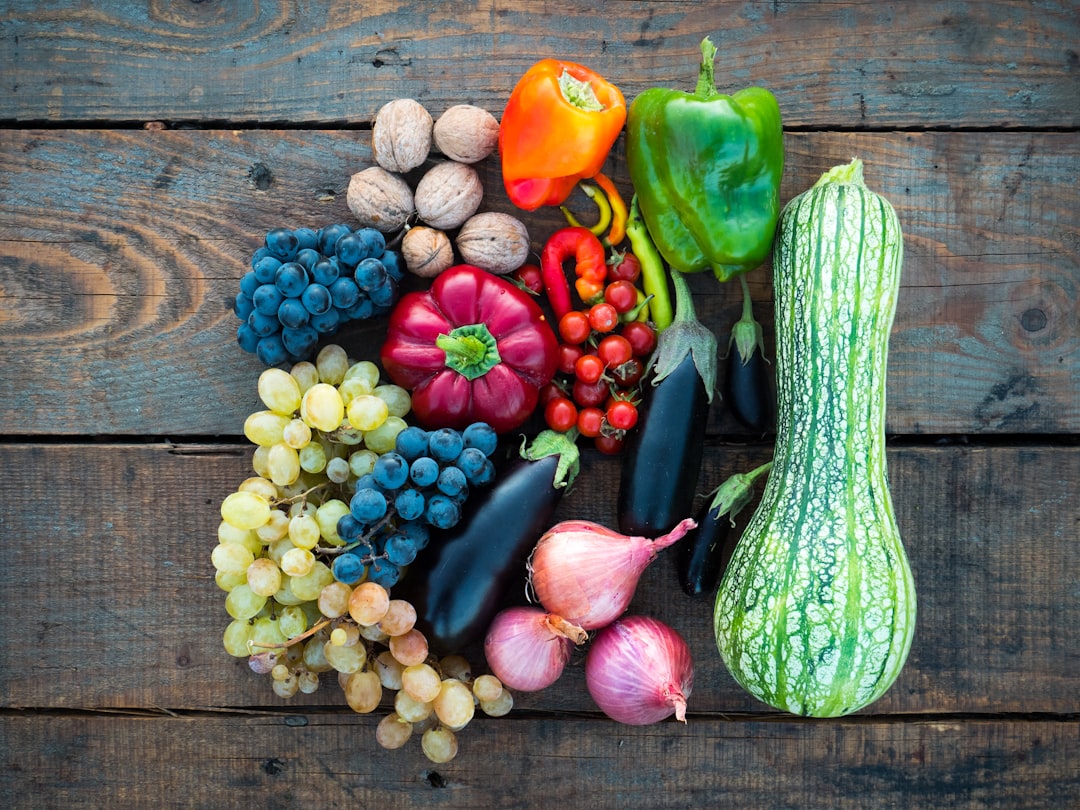
There’s still time in the gardening season to stock up on vegetables, if not your own, then from the farmer’s market. Locally grown, home-preserved foods have more nutrients and vitamins for your body, and fewer additives and preservatives. And, they taste better.
If you’ve never attempted to preserve your own foods before, the first thing you need to know is that you don’t need a truck full of vegetables to pad your freezer or pantry. A good deal on green beans can fill several quart-size freezer bags. Two dozen ears of corn can be prepped and frozen in less than an hour.
Some items store well in a cold cellar or “root cellar.” For the rest, there are three main ways to preserve foods: freezing, canning, and drying. A cold cellar (cool, not freezing, and dry) is the prime way to store onions, potatoes, winter squash, pumpkins, and apples. As long as no mice or moisture gets to them, they should store well much of winter.
The bulk of your vegetables will freeze well. Potatoes, tomatoes, and apples are not well suited for freezing, but most other garden produce is. Wash it and sort or cut it into uniform size pieces, then before freezing, blanch. (Blanching means plunging the vegetables in hot water for a few minutes to kill enzymes that cause food spoilage.)
Immediately upon removal from the hot water, dip them in ice water to stop the cooking process. Drain the vegetables and pack them in freezer bags, expelling as much air as possible.
Canning can get a little complicated, but not as much as you think. In a “hot pack,” you cook your fruits or veggies to some degree, then put them into sterile jars to seal. Jellies and jams are often made this way.
In a “boiling water bath,” the produce is packed into a jar and sealed, then boiled at 212 degrees for a specific time. This method is well suited for high-acid foods, including tomatoes, rhubarb, pears, peaches, and apples.
Pressure canning requires a pressure canner, an intimidating, lock-down device that builds water pressure to sterilize and seal jars. Pressure canning is recommended for most low-acid vegetables, including asparagus, beans, broccoli, carrots, corn, peas, peppers, and potatoes.
If you are just getting started with preserving your own foods, practice the other methods before tackling the pressure canner.
Drying is a popular method for tomatoes, fruits, herbs, and mushrooms. You can dry food in a dehydrator, with your oven, or in the sun. As with freezing, for best results, first blanch the produce and work with pieces of consistent size. For oven drying, set the temp around 115 for uncooked fruits, 120 for veggies and cooked fruits, 110 for herbs. Leave the oven door ajar to let air move. Package dried foods in airtight containers in a cool, dark place.

